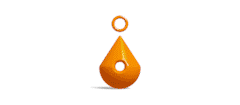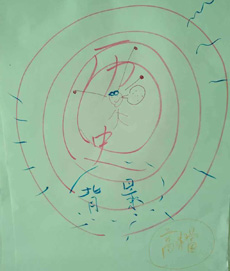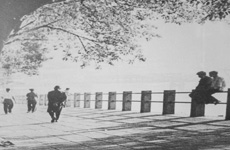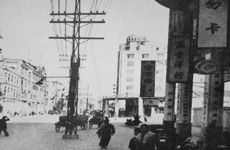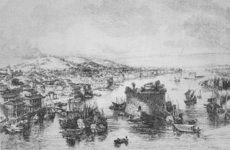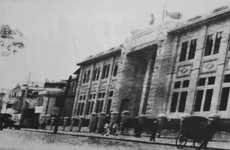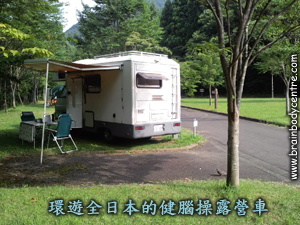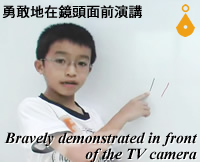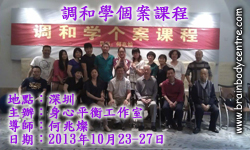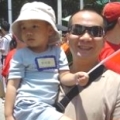Understanding the Body’s Historical Context and Keep Balancing. You Will Keep Learning and Discovering
Amy Choi, written in Guangzhou on 30 December 2018
Educators and parents may use noticing skills to understand their own history, the history of their family, their race, their family, their nation, their culture and the world during the process of educating their children. They can also facilitate their children in using noticing thinking skills in understanding history.
People who have studied psychology will know that a person’s past history will affect his/her present behaviour. Those who have studied kinesiology will even know that past history may influence a person’s “body”, i.e. the context and tool in which thoughts are transformed into actions.
Kinesiology muscle checking or and general awareness help us reach this conclusion – the more stressful the bodily context, the less efficient the performance, and the less effective the learning. The more our bodily context knows how to turn stresses into resources, the more relaxed the behavioral performance, and the more effective the learning.
Hidden in each child’s bodily context are the stories that he/she may not be able to perceive or be aware of. Kinesiology is one of the ways in which educators and parents can learn to look at their children’s stories with noticing. Parents may be more able to understand the challenges and obstacles in which their children are facing, and therefore able to create space for their children to realize their potential.
Kinesiology allows children to learn to notice, to know their own needs, and to make choices for themselves. It also help children to learn to see themselves without judgment, and to transform built-in stresses of their own, and those inherited from the family, and other social systems into power that is more integrated, relaxed and coherent.
From the “jing” (essence/matter), “qi” (energy) and “shen” (consciousness/information) model of the world, The human brain is often limited by the physical spaces we are in, and thus the sensory experiences brought about by those spaces. The brain would think that what we perceive are “real”, and we are in a way, all limited by our own sensory “reality”.
As parents and educators, we can learn to surpass the consciousness level that is offered by our physical space, and to breakthrough these limitations, to understand our children from a broader perspective.
Kinesiology balancing is a way to relieve these sensory limitations. The result is not to deny or refute any sensory experience offered by the senses. On the contrary, it is to trust any phenomena offered by our senses. It is just experiencing, just noticing.
Kinesiology balancing, if done according to the educational model, may seem a little bit slow sometimes. The underlying notion is to respect the timing, rhythm and spatial consciousness of the individual and his/her systems. It takes time to experience, and the body needs time to make adjustments and to make changes. The brain needs time to turn the experience into language or words and to express the new experience so that the system is ready for the next step of learning and growth.
Be gentle to yourself. Be gentle to your children. Do not have over-expectations upon the results of learning. Paying more respect and attention to the process of learning. Keep balancing ourselves and move from consistently from equilibrium points that are more stressful and less coherent to other equilibrium points that are more relaxed and coherent.
I define these type of changes as growth. In the process of growth, you and your children will keep learning and making amazing discoveries.
🠝 Photos taken December 29, 2018 at Guangzhou.
